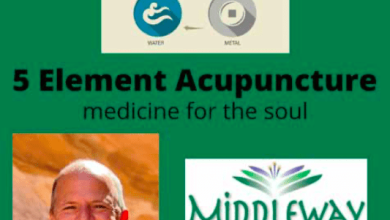A Cage or a Trap?
My father lived on a lake when I was younger. I remember going to the marina where they had a bait and tackle shop and looking at the shiny lures, fishing rods, and styrofoam containers of worms. Outside the shop, in the lake, there were several minnow traps, which they used to catch the minnows that they sold for bait. The traps were little baskets with funnel shaped openings. The minnows were enticed inside by bits of bread in the back of the baskets. Though there was no door that swung shut to trap the fish, few minnows seemed to escape. I remember seeing the traps, crowded with the silvery little fish and being surprised that they got stuck inside, even though they could have found their way to safety if they had just gone back through the open door. The minnows in the trap kept trying to escape by knocking into the barriers that held them inside, rather than looking to the empty space where they entered the trap.
There is a difference between a trap and a cage. A cage is someplace where we can be confined without having the ability to escape, while a trap is a situation that we enter into by our own will. Some traps are like a snare, where once caught inside we become stuck; others are like the minnow traps where there is still an open door if we only know the right way to look at it. So often in life we can feel like we are stuck in a cage. We may believe that we know the nature of the cage in which we are trapped, other times it can feel like a mystery. We may think our suffering results from having a bad job, an unsupportive relationship, or from an old insult. I often see this clinically, when patients tell me all of the reasons that they can’t heal. Maybe they felt misunderstood growing up, or they suffered abuse or some other great trauma. Many people become identified with their wounds. While it is important to honor our trauma, and work to heal past wounds, it is also important to realize that there is a part of us that has never been wounded and can never be damaged. This is the deepest part of the self. It is untouchable by the intensity of life. When we fixate on the bars that confine us and contribute to our suffering, we can mistake a trap for a cage. We can believe that our suffering is a life sentence. However, when we begin to focus on the part of our experience that is spacious and open, we can find our path to freedom. Like a spoon full of yogurt added to a barrel of milk, making contact with our true and deepest self can inoculate our entire being and create profound healing. Acupuncture and practicing mindfulness can connect us with this place and help us remember that while we may have been wounded, we are not our wounds. We are pure, open embodied consciousness.


